
®
SHIPSPOTTING.COM
WELCOME TO SHIPSPOTTING.COM
LUSITANIA EXPRESSO - IMO 6407858
Photo
details
Photographer:Captain Peter [ View profile ]
Title:Lusitania Expresso
Location:Puerto Cabello, Venezuela
Photo Category:Wrecks & Relics
Added:Aug 7, 2008
Views:2,919
Image Resolution:1,024 x 768
Description:
At Puerto Cabello Anchorage (Venezuela)
7 aug 2008
Call Sign : 3FIL3
Gross tonnage : 1612
Type of ship : Passenger/Ro-Ro Cargo Ship
Year of build : 1964
Flag : Panama
Vessel
particulars
Current name:LUSITANIA EXPRESSO
Vessel Type:Ro-ro/passenger Ship
Gross tonnage:1,612 tons
Summer DWT:539 tons
Photos:11 photos by 6 photographers
AIS Position
of this ship
There is no AIS Position Data available for this ship!
Would you like to add AIS Coverage?

Photo
Categories
Photographers
of this ship
(6)
1 photos
1 photos
1 photos
1 photos
3 photos
4 photos
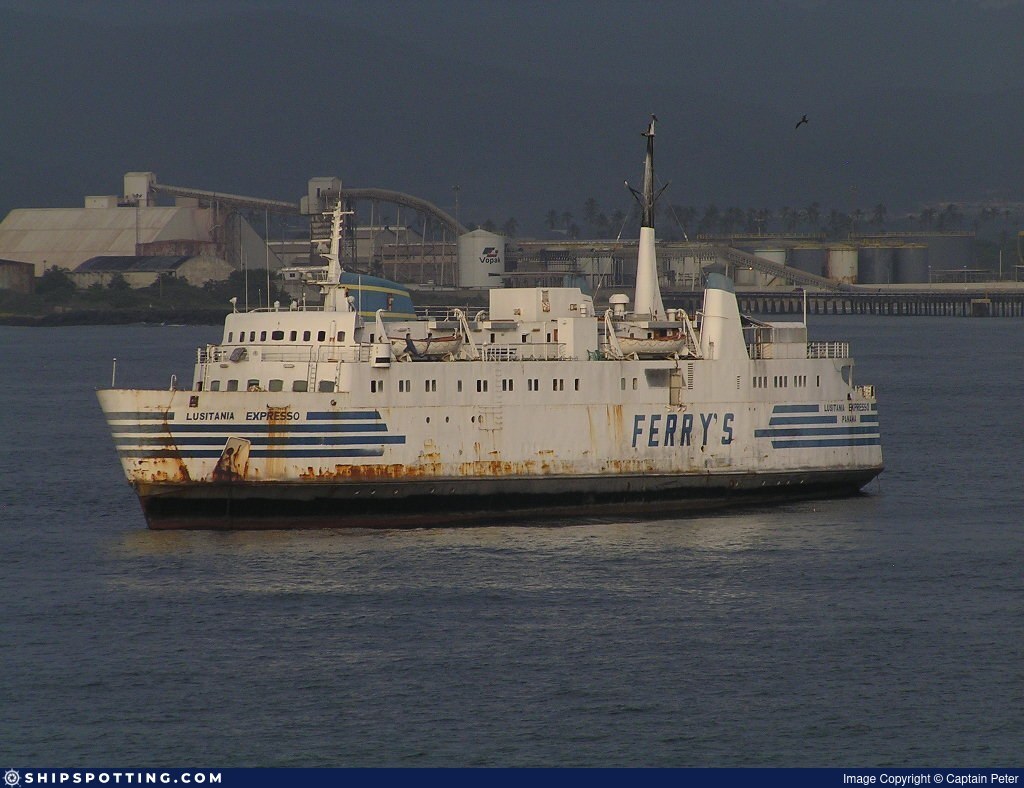

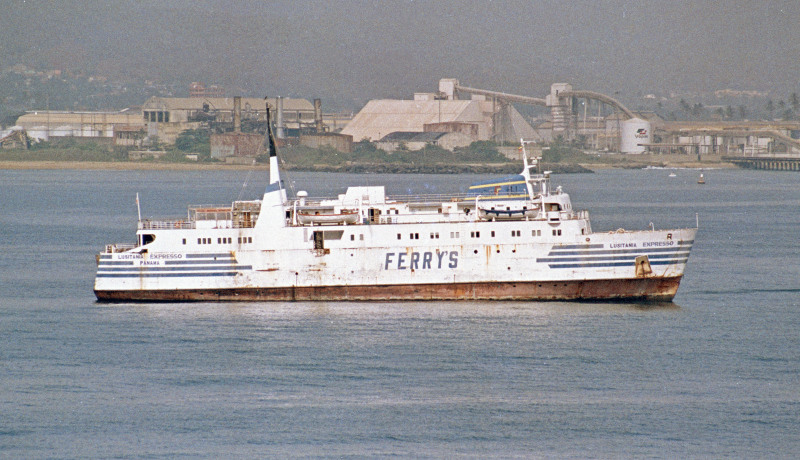
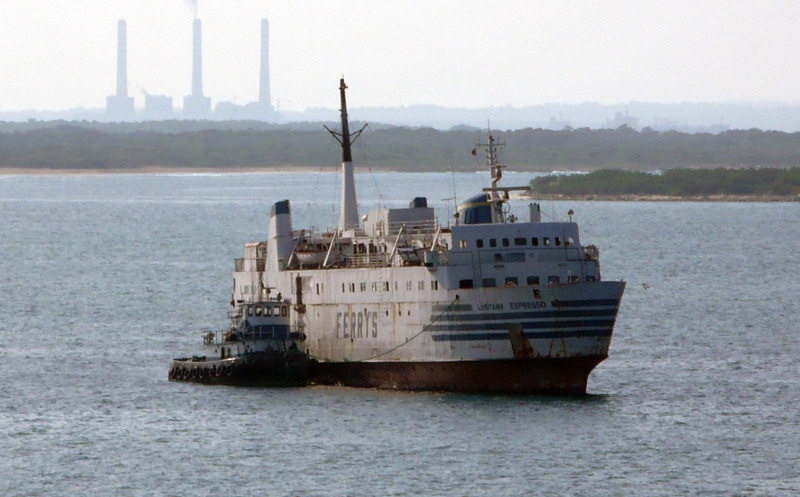
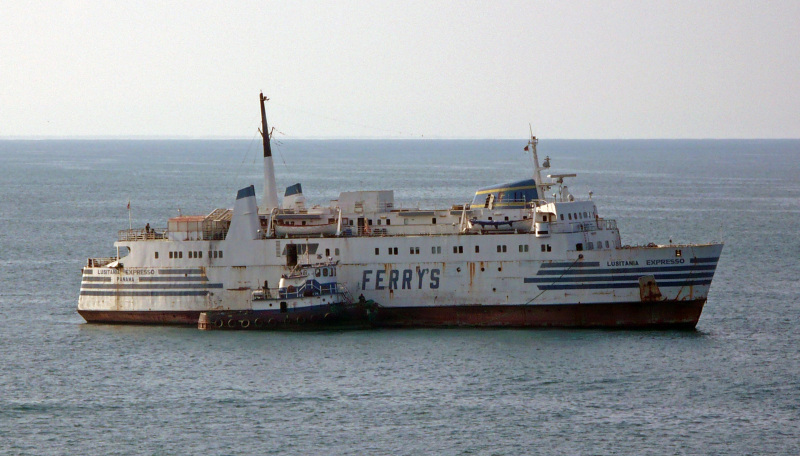
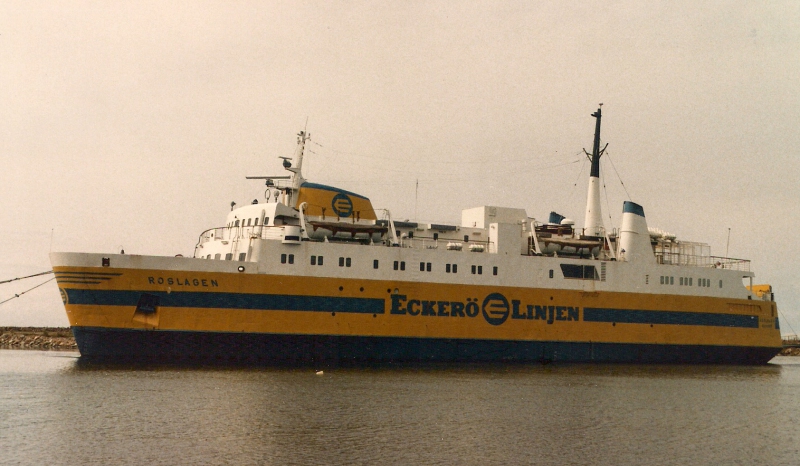
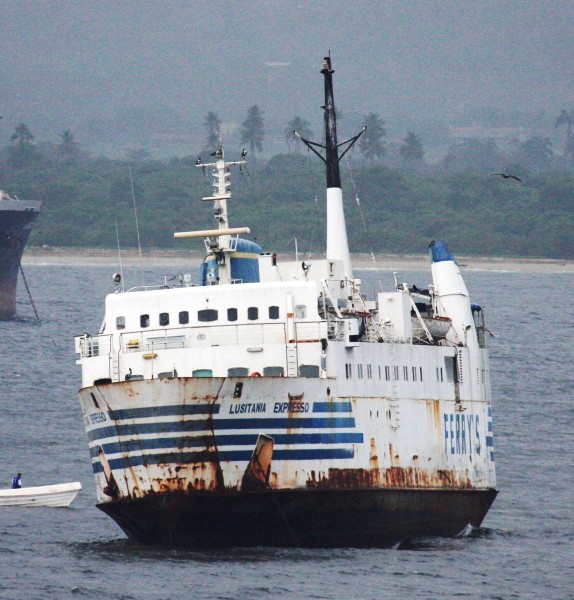
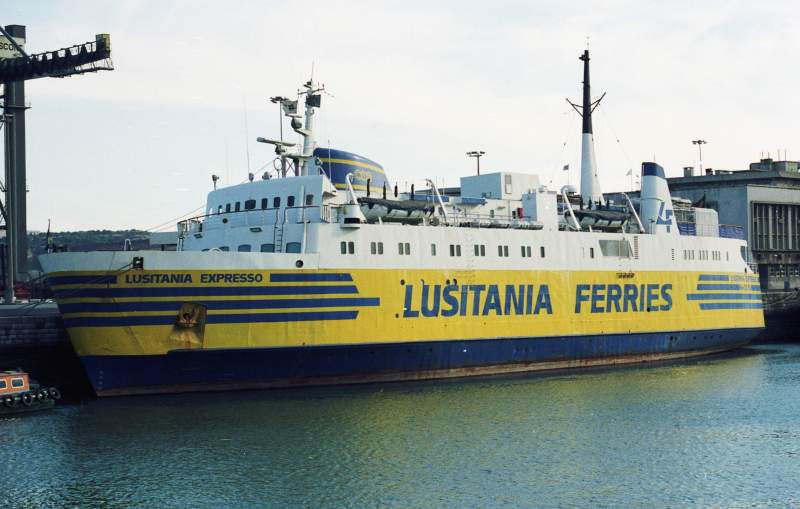
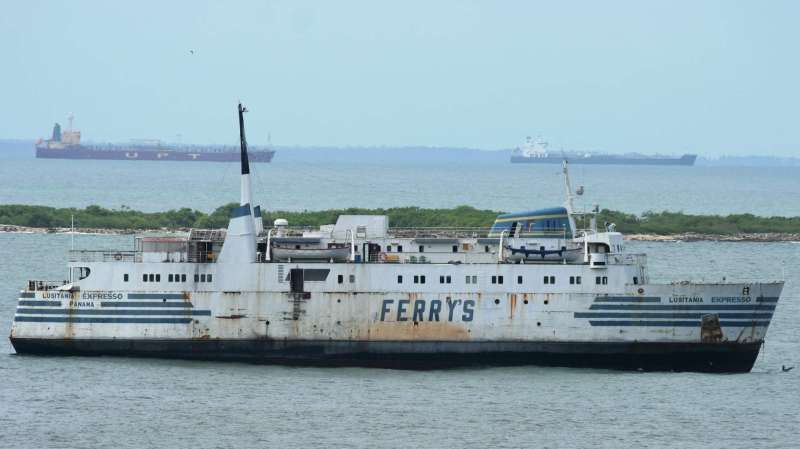
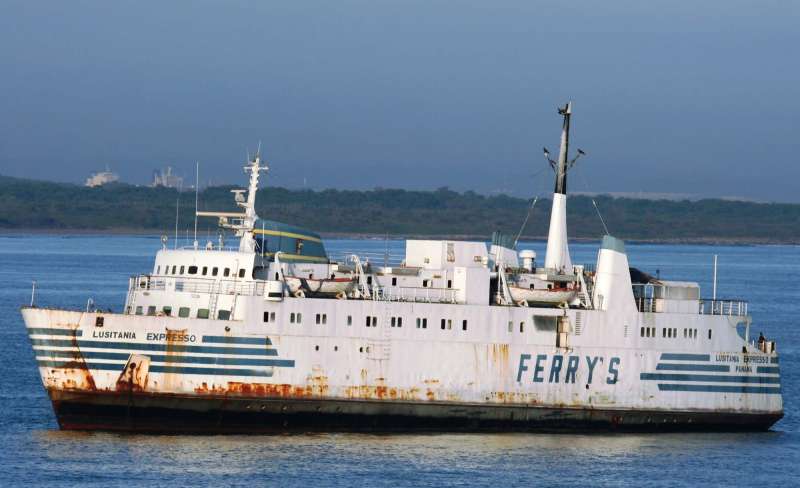


COMMENT THIS PHOTO(5)
The Lusitânia Expresso was purchased in October 1988 by Companhia de Transportes Marítimos (COMTRAMAR) for use on a line between Portimão, Tangier, Madeira and Porto Santo.
The Lusitânia Expresso's trip to Timor was an initiative of the Forum Estudante magazine team, with the aim of raising international public opinion to the cause of Timor, which had the support of several public figures, namely the former president of the Republic of Portugal, General Ramalho Eanes.
It mobilized 120 students, from 23 countries, who left Portugal with the aim of laying a wreath at the scene of the massacre, and thus attracting media attention on the issue of oppression of the people of Timor-Leste.
On its last stage, starting from Darwin on 9 March 1992, after 3 months of travel, the Lusitânia Expresso was flown over by Indonesian military aircraft and intercepted on 11 March, at the entrance to the territorial waters of Timor, by four ships of Indonesian war. After throwing flowers into the sea, in memory of the dead in Timor-Leste, the Lusitânia Expresso was forced to return to Portugal.
Although it did not reach the objective of reaching Dili, in Timor-Leste, the Lusitânia Expresso trip managed to mobilize the attention of the international press to the dramatic situation in which the people of Timor lived, contributing in a way to the withdrawal of Indonesia and the independence of the last Portuguese colony.
https://www.facebook.com/Lusit%C3%A2nia-Expresso-Miss%C3%A3o-Paz-em-Timor-93407492704
Edit
comment
Edit
comment
I wouldn't judge that prior having seen her interior. It is probably not most recent Baltic Sea and Scandinavian standard, but life might be funny and cozy there if you got the right crew and passengers around you.
If somebody asked me where I preferred to be the master, I wouldn't hesitate a second to choose the upper one :-D
brgds
Capt Peter
P. Cabello, Venezuela
Edit
comment
The Lusitânia Expresso was purchased in October 1988 by Companhia de Transportes Marítimos (COMTRAMAR) for use on a line between Portimão, Tangier, Madeira and Porto Santo.
The Lusitânia Expresso's trip to Timor was an initiative of the Forum Estudante magazine team, with the aim of raising international public opinion to the cause of Timor, which had the support of several public figures, namely the former president of the Republic of Portugal, General Ramalho Eanes.
It mobilized 120 students, from 23 countries, who left Portugal with the aim of laying a wreath at the scene of the massacre, and thus attracting media attention on the issue of oppression of the people of Timor-Leste.
On its last stage, starting from Darwin on 9 March 1992, after 3 months of travel, the Lusitânia Expresso was flown over by Indonesian military aircraft and intercepted on 11 March, at the entrance to the territorial waters of Timor, by four ships of Indonesian war. After throwing flowers into the sea, in memory of the dead in Timor-Leste, the Lusitânia Expresso was forced to return to Portugal.
Although it did not reach the objective of reaching Dili, in Timor-Leste, the Lusitânia Expresso trip managed to mobilize the attention of the international press to the dramatic situation in which the people of Timor lived, contributing in a way to the withdrawal of Indonesia and the independence of the last Portuguese colony.
https://www.facebook.com/Lusit%C3%A2nia-Expresso-Miss%C3%A3o-Paz-em-Timor-93407492704
Edit
comment
Edit
comment